Villa della Regina
A Villa Fit for a Queen on Turin’s Hillside
There are so many things to see in Turin and one not to be missed is the Villa della Regina, a former Savoy Royal residence perched on the hills of Turin. Thanks to Laura from Italiano Porticando, an Italian Language School in Turin, we can get a glimpse into the history of this beautiful villa with a royal wine vineyard overlooking the city.
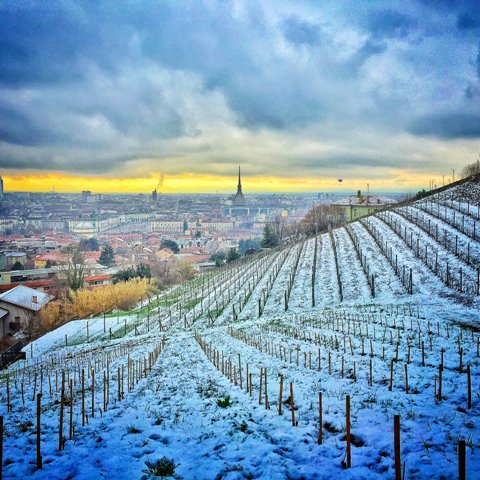
Vigna della Regina in Turin – photo by Luca Balbiano
A Brief Look at the History of Villa della Regina
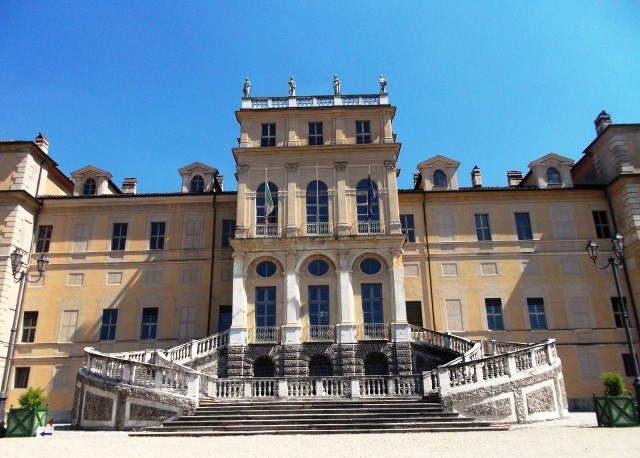 Not far from Turin’s city center, after having passed the Vittorio Emanuele I Bridge (also known as Napoleonian Bridge) and the monumental Gran Madre church, you’ll see a road climbing up the hills. Take this road and, after only a 15 minute walk, you’ll reach a 17th century palace immersed in the greenery of Turin’s hillside. This is Villa della Regina (The Queen’s Villa) the summer residence of the Royal ladies and the Savoy family.
Not far from Turin’s city center, after having passed the Vittorio Emanuele I Bridge (also known as Napoleonian Bridge) and the monumental Gran Madre church, you’ll see a road climbing up the hills. Take this road and, after only a 15 minute walk, you’ll reach a 17th century palace immersed in the greenery of Turin’s hillside. This is Villa della Regina (The Queen’s Villa) the summer residence of the Royal ladies and the Savoy family.
Villa della Regina was built in 1615 by Cardinal Maurizio di Savoia, son of Duke Carlo Emanuele I, for his young wife Ludovica di Savoia. During the summer months the couple loved to plunge into the silence of the hills, woods and gardens as it was a way to escape from Turin’s city crowd. Here, the Royal family used to organize gatherings on art, science, philosophy and mathematics with many famous people and intellectuals of the time.
Villa della Regina Hosts Turin’s Very Own Urban Vineyard
Initially, the Villa was called “Ludovica’s Vineyard” or the “Lady’s Vineyard”, as it was surrounded by a large wine vineyard, orchards and vegetable gardens. The Royal vineyard eventually went into decay but was painstakingly restored and replanted between 2003 to 2006 with the help of the Balbiano winery. In 2009, the first harvest from the Queen’s Vineyard (Vigna della Regina) took place and is now producing an excellent red wine, Freisa di Chieri DOC.
Filippo Juvarra and His Finishing Touches
After Ludovica, most of the Duchesses and Queens used to live in Villa della Regina in the years to follow. Between 1730 and 1740 the Villa was completely renovated by Filippo Juvarra, a particularly fancy and scenic architect of the time. As part of the renovation, Juvarra decided to include new decorative elements, he totally redesigned the Central Hall and added small “Chinese style” cabinets, which were very fashionable at the time at all European courts.
Like most 17th century buildings, the Villa was constructed symmetrically, following a theme that all things on the right also have to be on the left. In fact, there are two apartments: the King’s and the Queen’s apartment, with rooms to be used during daytime opening towards the gardens and rooms during the night looking towards the city.
Today visitors are lead, as were visitors in ancient times, by this fictive guiding line through an extremely scenic path through the building encountering symmetric staircases, fountains with water games, the Grand Dance Hall opening towards the Grand Garden, which has the form of an amphitheater and is built on the hillside. The paths are created thus to lead the visitor to places of great scenic impact from where it is possible to enjoy the panoramic view of Turin and the Alps.
The “Grotta del Re Selvaggio” (the Cave of the Sauvage King), the Naiade’s Fall, the upper Belvedere and the Pavillon of the Solinghi are only some of the architectural and decorative elements inviting visitors to walk along the beautiful hillside, as once upon a time, to philosophize and, today, to enjoy the panorama.
Villa della Regina has other surprises to disclose…
At the beginning of the 19th century Napoleon stayed at the Villa. Here he fell in love with the place and the beautiful view of Turin. And, who knows, it was maybe from there that he took many of his important decisions that lead to important changes of the urban planning of the Savoyan city. Examples are the rebuilding of the only stone bridge on the river Po, the tearing down of the fortresses of the 18th century, and the turning of Palazzo Madama into a courthouse with prison.
Napoleon eventually left Turin allowing the Savoy family to return and become the main actors of Italy’s Unification. This was when Villa della Regina was no longer used as a summer residence, but was turned into a school. In 1868 Vittorio Emanuele II, Italy’s new King, in fact, decided to donate Villa della Regina to the national institute for the daughters of the Italian soldiers. The aim was to give the daughters of the soldiers who had fought for Italy’s Unification, a professional education and a future. The girls (coming from all over Italy) could attend their classes in the Villa adorned with fresco decorated rooms and stay in the nearby Palazzo Chiablese. However, this ended in 1943 when, after a terrible bombing of Turin, parts of the Villa were heavily hit.
After many decades, in 1994, the head of Piedmont’s Artistic and Historic Heritage department started a long and important renovation of the Villa. In 1997 the Queen’s Villa was finally recognized (together with the other Savoyan royal residences) as a UNESCO world heritage site.
It’s now ten years that Villa della Regina has been open to visitors. Visiting it fascinates in all seasons… during spring when you can smell an intensive scent of the hill’s flora, in summer when you can take advantage of the fresh air on Turin’s hillside to have a walk, in autumn when it is surrounded by the warm colors of the vineyard and, finally, in winter when the sky is so clear that it seems like you can touch the mountains in the distance.
Opening hours for Villa della Regina & other Royal Residences in Turin
Villa della Regina Calendar of Events
Ten useful Italian phrases for those visiting Villa della Regina in Turin
– Il Re / la Regina – the King / the Queen
– La collina – the hill / hillside
– Vivere in collina – to live iVin the hills
– Il giardino – the garden
– Fare una passeggiata nel giardino – to take a walk in the garden
– La fontana – the fountain
– La vigna – the vineyard
– Il salone delle feste – the Great Dance Hall
– Fare una festa – to have a party
– Godersi il panorama – to enjoy the view
Turin Travel Blog: Guest Post by Laura, an Architect and co-owner of L’Italiano Porticando Italian Language School
 Laura was born and raised in Turin. She studied at the Department of Architecture of Turin’s Politecnico specializing in history and arts. This allowed her to develop a deep knowledge of the history of architecture and, in particular, of Turin. Today, along with her business partner Rosaria, they not only provide Italian language lessons, L’Italiano Porticando an Italian Language School in Turin, also organizes cultural activities for their students.
Laura was born and raised in Turin. She studied at the Department of Architecture of Turin’s Politecnico specializing in history and arts. This allowed her to develop a deep knowledge of the history of architecture and, in particular, of Turin. Today, along with her business partner Rosaria, they not only provide Italian language lessons, L’Italiano Porticando an Italian Language School in Turin, also organizes cultural activities for their students.

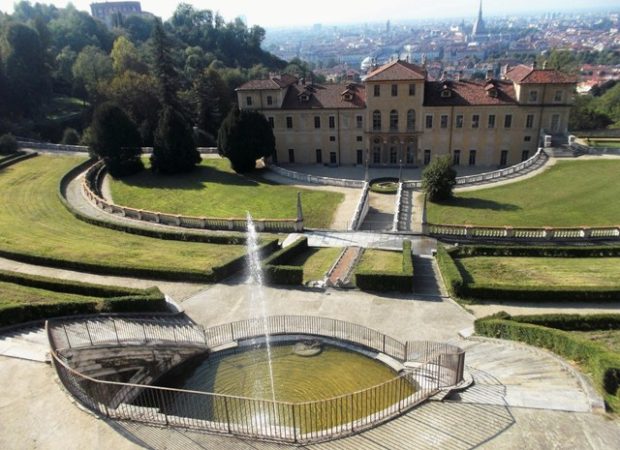
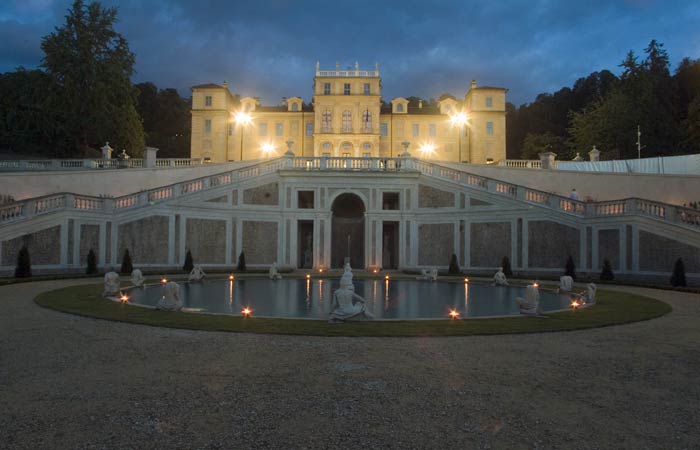










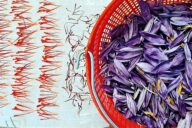

[…] Stupinigi (whose main function was the royal family’s entertainment), and the restoration of the Villa della Regina. They are all characterized by decorative and structural components (simple but of big effect), […]